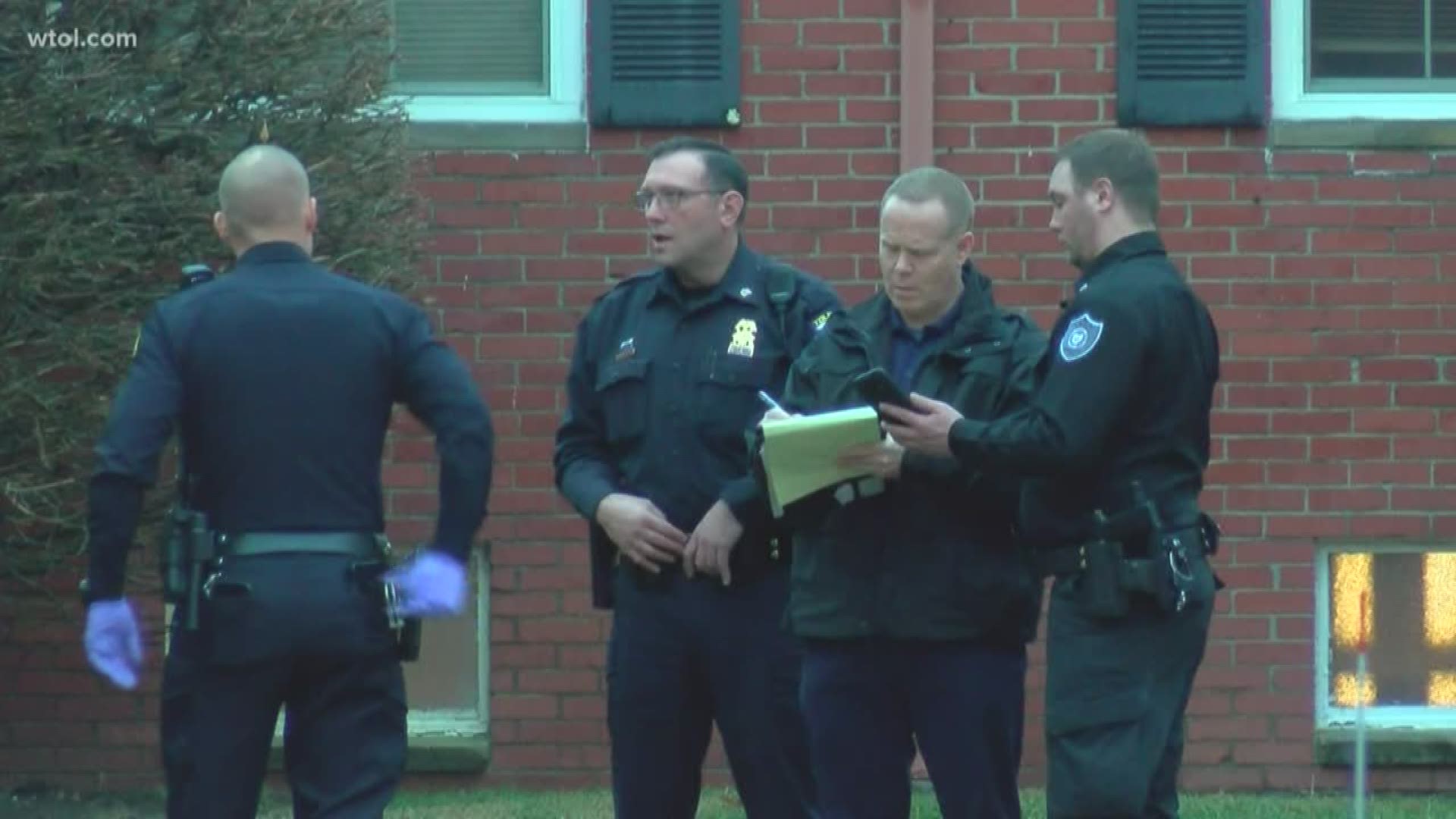TOLEDO, Ohio — Toledo ended last year with a 5% increase in homicides from the year before.
The city saw 38 homicides in 2019 and 36 in 2018. Toledo police have solved 28 cases from last year, and 25 cases from 2018. Detectives continue to investigate the unsolved cases.
Gun violence accounts for the vast majority of killings from year to year, and is the reason for 28 lives lost in 2019. Three people died due to blunt force trauma, three to assault, two to stabbing and two died due to strangulation last year.
Below is a look at homicide numbers from last 10 years:
- 2019 - 38
- 2018 - 36
- 2017 - 36
- 2016 - 37
- 2015 - 24
- 2014 - 24
- 2013 - 28
- 2012 - 39
- 2011 - 30
- 2010 - 23
- 2009 - 33
While the numbers have fluctuated over the past decade, Toledo's police chief hopes violence will decrease with continued proactive policing strategies in the new year.
Chief Kral added that other violent crimes are down and says it starts with three key strategies:
- Recruitment
- Community engagement
- Officer morale
RECRUITMENT
For a city of Toledo's size and crime rate, Chief Kral said he would like to see 710-720 officers on the force. Yet the department is currently facing a shortage of roughly 70 officers, due mostly to the 18-20 retirements the department averages each year.
Next month, 38 new officers will join the force after their graduation. Another 40 cadets will start the police academy this summer. By the end of mayor Wade Kapszukiewicz's first term, Chief Kral hopes to net 50-60 new officers to make up that deficit.
With new cadets, Chief Kral hopes to put more officers in strategic positions like the gang task force and community services.
The chief would also like to double the size of the department's SIG (special intelligence group). Currently, there are only enough officers to fill one shift.
"They're the tip of the spear. They're the ones who are doing surveillance on our prolific offenders. They're the ones working with our gang and vice units, making sure that the worst of the worst are being monitored," Kral said.
Besides filling the ranks, a big recruiting goal includes increasing diversity on the force.
According to the department's 2018 annual report, minorities make up roughly 22% of manpower.
As they recruit for the new police class, Chief Kral said his community services section and the academy's recruiting division are working to reach and connect people across all demographics in the city.
Besides improving diversity on the whole, Chief Kral said he wants to see minority officers rise through the department's ranks.
COMMUNITY ENGAGEMENT
Many urban police departments see community trust as crucial to fighting crime. Toledo is no exception. That's why the department would like to fill more positions within the department's community services section.
"We could reduce crime double digits for 10 years. If people don't feel safe in their homes, it's all for naught. And a big part of that is getting out there in the community and not just being inside a police car with the windows rolled up," Kral said.
Besides being more visible in the community, the department is trying to implement responsive polices.
Based on results from a citizen satisfaction survey, TPD learned that citizens wanted more officers to help them solve property crimes. So the department moved four detectives to the property crimes section. Leaders also issued finger-printing kits to officers.
"They're solving a lot of burglaries before passing them off to detectives," Chief Kral said.
Additionally, the chief said he is working to secure additional sources of funding to expand ShotSpotter, the accoustic, gunshot-sensing technology the department implemented last year.
MORALE
Chief Kral said he wants to maintain a healthy morale within the department. He believes a healthy morale is not only good for solving crimes, but also for attracting new officers.
"When I applied to the department, 4,000 people took the test," Kral said. Yet, just 600 applied last year.
And with so many retirements, TPD has a much younger police force.
"We are losing a lot of institutional knowledge," Kral said. "The good thing is the younger officers are coming on the department much better educated than we've ever had before. They want to know the 'whys' not just because we say 'Hey, go do this'. They want to know the whys."

